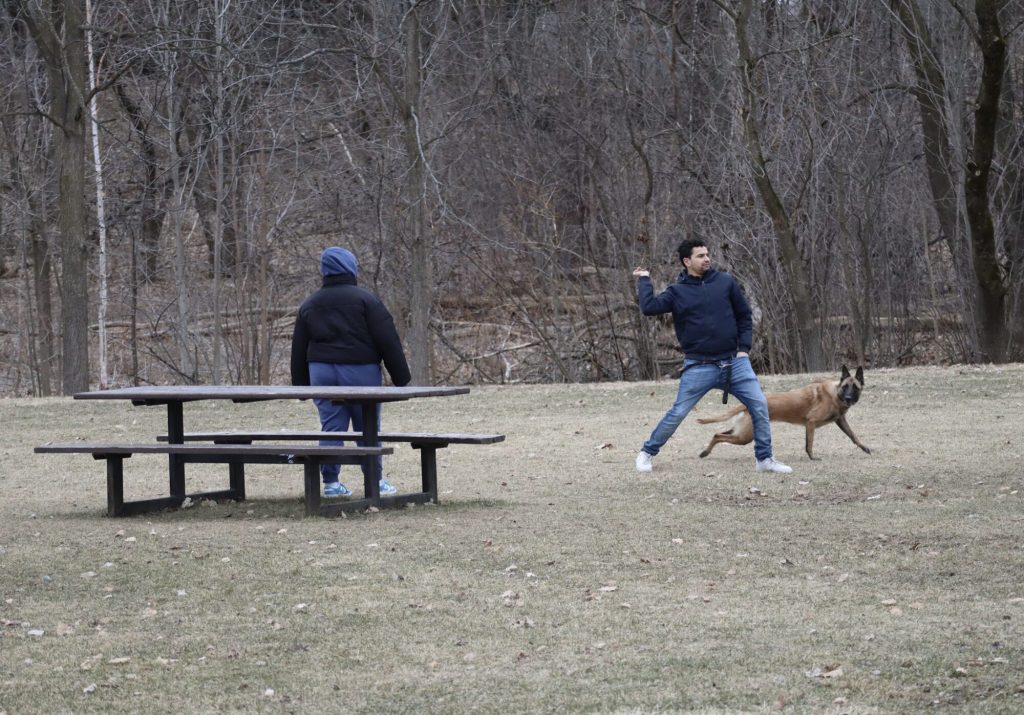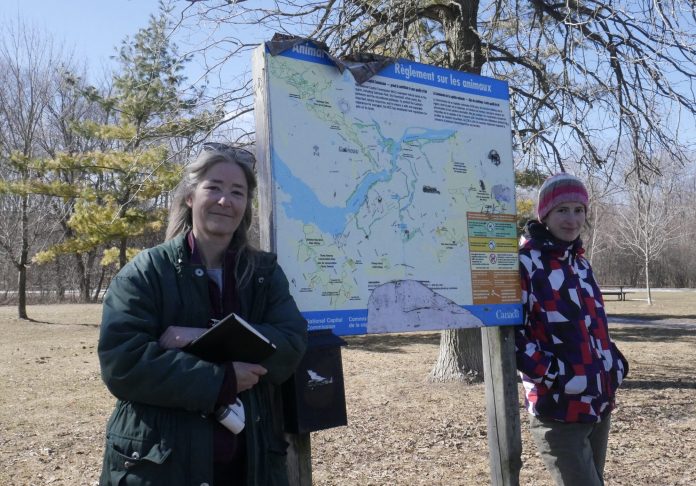By Evert Lindquist
April marks five years since Sharon Boddy and other volunteers in her Westboro community banded together to restore and conserve Hampton Park.
As director of Friends of Hampton Park, Boddy envisions various improvements for the 10-hectare greenspace and wants the National Capital Commission and City of Ottawa to adjust their approaches to helping maintain the park.
The greenspace, bought from the local Brennan brothers in 1927 by the present-day NCC, has since dodged urbanization. New research suggests that, well before then, it possibly connected the trails of Algonquin-speaking First Nations at Black Rapids on the Rideau River with those at Britannia Bay on the Ottawa River.
Today, it retains the hollow of a creek that flowed through with frogs and tadpoles until at least the 1970s. Though since dried up, the bed remains mostly clay and plays an instrumental role in absorbing an “awful lot of stormwater” that can otherwise pose basement flood risks to nearby homes.
“When it’s dry, it’s like cement,” Boddy explained. “When it’s wet, it’s like potter’s clay. It acts like a sponge.”
Hampton Park also reaps carbon-storing climate benefits with its resilient selection of trees, which dates back more than 200 years. It includes three of Ottawa’s 170 species of remarkable trees: a red maple, American beech and black cherry.
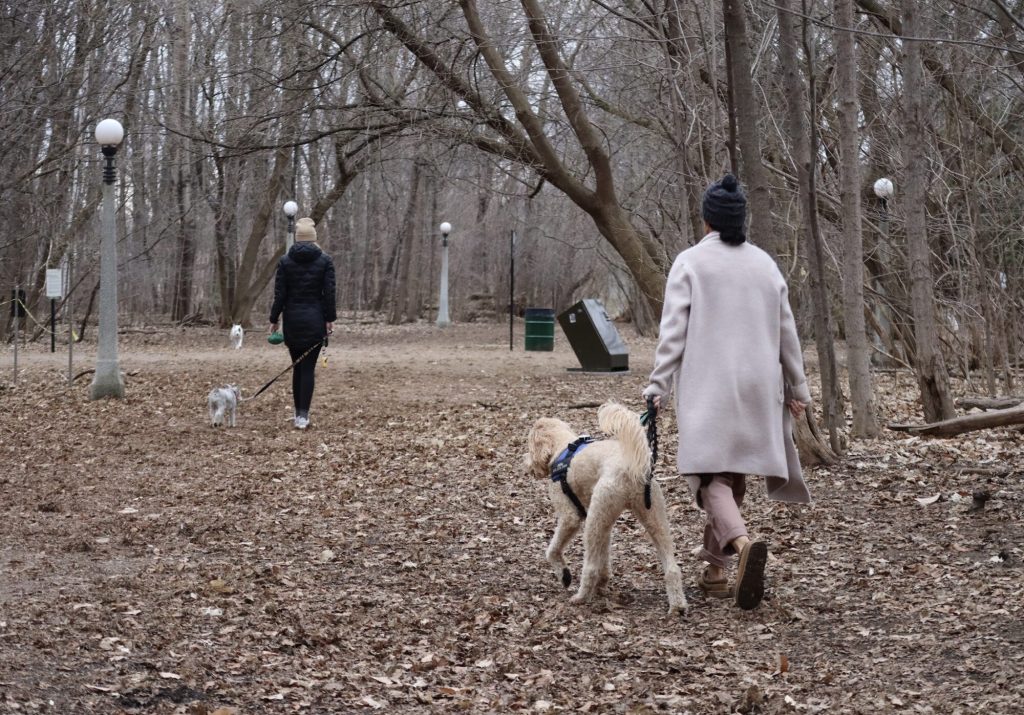
“I have a real affinity for the eastern white pines because we’re running out of them,” Boddy lamented. “The big trees are such a treat.”
Béatrice Boutilier, a Gatineau-based NCC conservation biologist who enjoys visiting and volunteering in Hampton Park, prefers its seven or eight eastern hemlocks.
“It’s not a tree that’s super common,” she said. “To have it in the city is pretty cool.”
In a warming world, the shade and transpiration these tree canopies provide can keep the park a refreshing five degrees cooler than the surrounding neighbourhoods, Boddy said. This makes the park a vital temperature moderator for a community whose population of at least 43,000 is projected to gain 12,000 people the next 10 years.
Despite the park’s popularity, Boddy and Boutilier described a lack of harmony between land authorities and Friends of Hampton Park. NCC conservation officers typically visit only when summoned by Boddy’s group, and no longer perform two check-ups per year in spring and fall like they did years ago. NCC staff shortages are a leading problem, Boutilier said, with just 12 officers allocated to cover 4,700 square kilometres and only three or four on call per day.
“In the absence of the leadership of the NCC, we have no authority,” Boddy said. “That doesn’t work in the long run.”
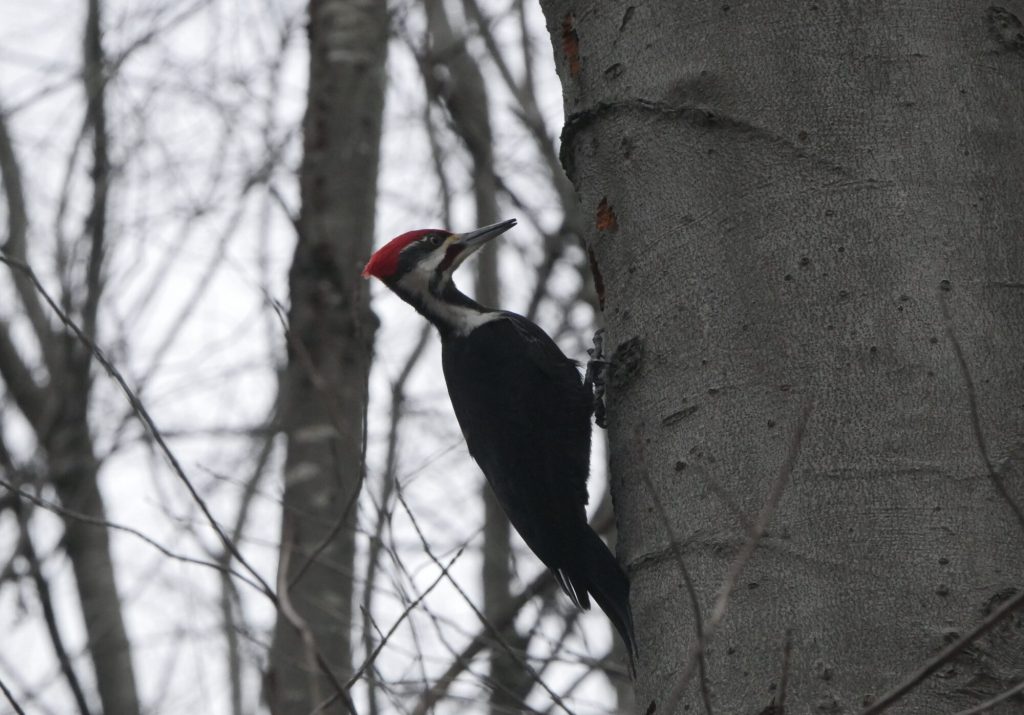
If the NCC resumes its twice-yearly visits to Hampton Park, it can facilitate public consultation for projects such as improved trail infrastructure, Boddy said. The signage and maintenance of the park’s pathway network, Boutilier explained, don’t hold a candle to the extensive NCC trails just 20 kilometres north in Gatineau Park.
“It’s really frustrating sometimes to come here and see that they don’t have that,” she said.
Boddy also wants procedural changes to how the City of Ottawa — responsible for recreational facilities, garbage and landscaping — maintains the park. Contracted for this work by the NCC, the city also owns the south part of Hampton Park that contains the playground, wading pool, ball diamond and dog run. She said municipal staff waste emissions and resources by mowing already-short grass and watering in the rain, just to follow schedule.
More training would equip them to instead provide extra eyes on the health of the plants and park as an ecosystem, Boddy suggested.
“That could be done very quickly,” she said. “They have a very important role in keeping our greenspaces healthy.”
Improving park infrastructure
The park suffers too from a lack of designated trails and informational signage. At the north entrance, a decaying wooden map of the NCC is so distanced that a thick staple has remained punched into the centre for decades to identify Hampton Park.
Boddy plans to distribute better signs that mark trails, indicate fines for noncompliance, and educate visitors about the park’s species and history. The NCC is already equipping Friends of Hampton Park with more “Please respect regeneration area” signs that have quickly put an end to people trampling designated areas.
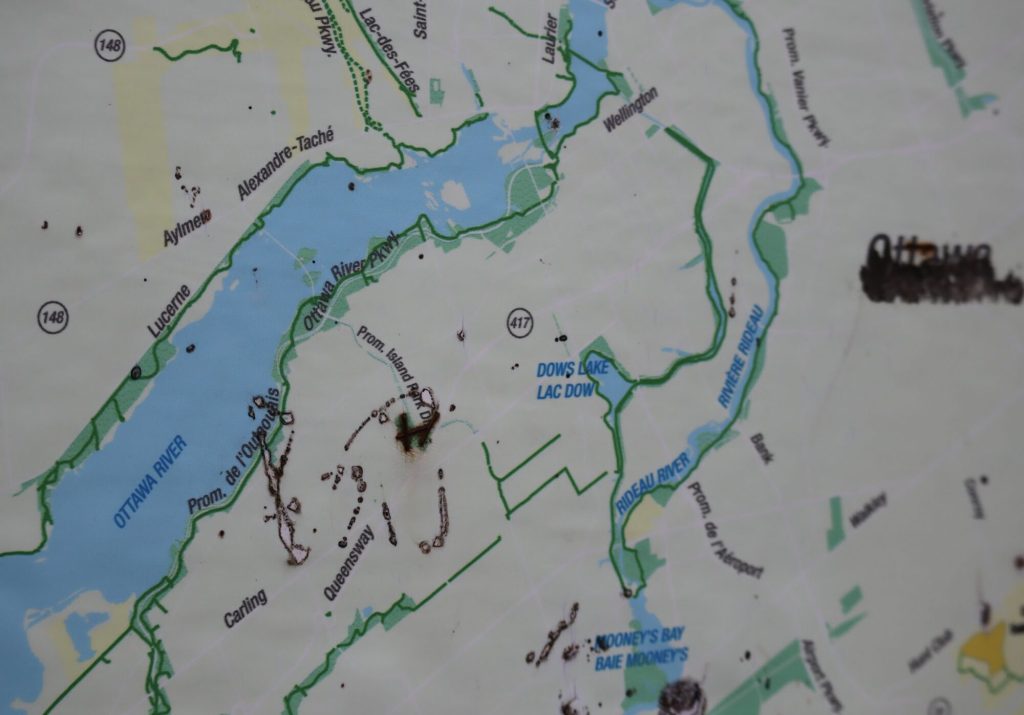
Boddy also envisions having a boardwalk installed in the next 20 years to deter people from forging new trails through the forest, and to allow equal access to visitors with assistive mobility devices. More pressing, she said, is the need to fence off the wilderness areas vulnerable to human and pet traffic.
“The forest is only going to be protected if people know where to walk,” Boddy said. “If the majority of people understand the importance of a place like this in a densifying neighbourhood, we have a shot at hanging onto it.”
Everyone will have to “give a little,” she added, noting this might mean scaling back to just one major trail through the woods or not permitting cyclists. Additionally, she hopes to have more water sources installed. The park’s sole clean water source — a fountain that takes 90 seconds just to fill a four-litre jug — forces Boddy and others to provision household water on their own dime.
Last year, Friends of Hampton Park added 100 plants to its pollinator meadow with support from Ecology Ottawa, immediately attracting hummingbirds, monarch butterflies and other species.
“I’ve seen bats hang out over the meadow, which just speaks to how much it’s doing, even if it’s just a little patch,” Boutilier said.
The group also planted some 30 trees and 100 shrubs supplied by the NCC, with the help of volunteers, local students and NCC biologist Alexander Stone. They additionally received about 250 native wildflower plants through an ongoing partnership with Nepean High School’s greenhouse. For Earth Day this April 22, Friends of Hampton Park will install a nature-themed little free library by the north parking lot and lead interpretive ecology walks.
“It’s a well-loved park,” Boddy remarked. “Try to come here without any distractions. Consider what it means to you—how it might look different in 10, 20 years.”
To get involved with Friends of Hampton Park, email carlingtonhampton@gmail.com.
